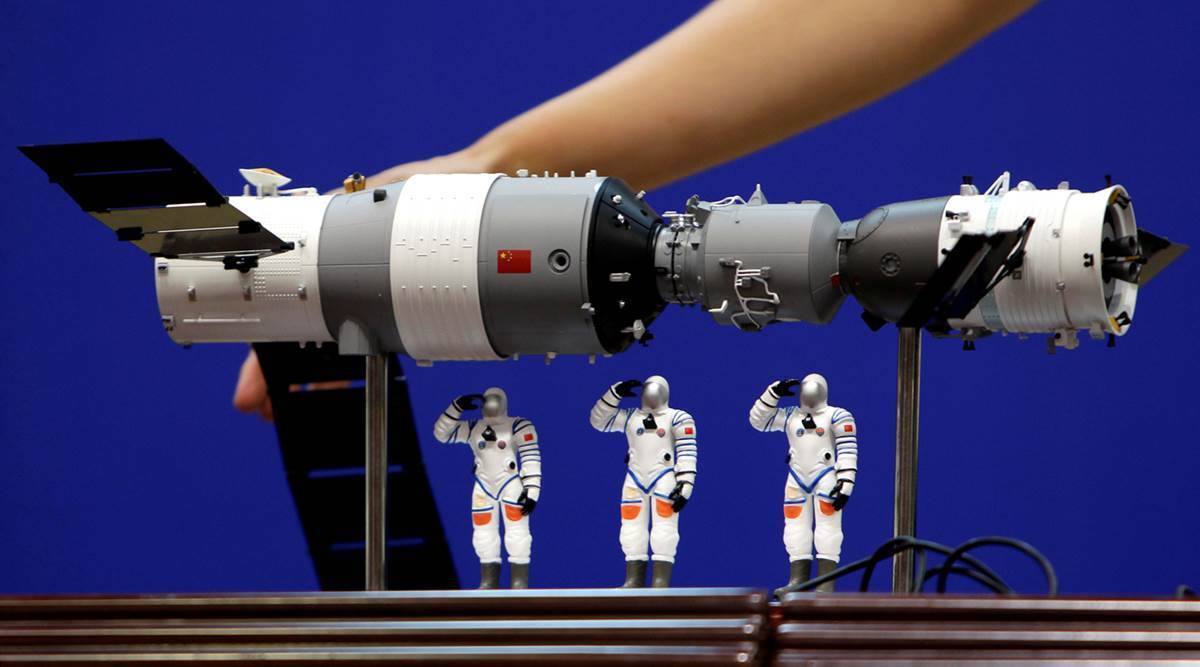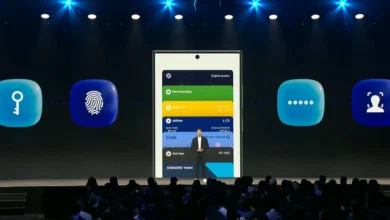Five facts about China’s new space station, the Heavenly Palace

During the first in-orbit crew rotation in Chinese space history, three astronauts were launched by China to the Tiangong space station. As part of China’s grand ambitions to become a spacefaring superpower, the space station will contribute to the country’s ambition to rival, if not surpass, the United States and Russia in space. These are five interesting facts about Tiangong. The name Tiangong means “heavenly palace” or “celestial palace” in Chinese.
1. The Tiangong space station consists of three modules
It consists of three modules: the Tianhe core module (“heavenly river” crew module and the laboratory cabin modules Wentian (“quest for heaven”) and Mengtian (“dreaming of heaven”).
The Tianhe module was launched into orbit on April 29, 2021, and was the first module to be launched into orbit for the space station. Among its main functions, this module provides three crew members living quarters, power, propulsion, guidance, navigation, and a life support system for the space station. Additionally, the Tianhe module is equipped with a robotic arm called the “Chinarm”.
In addition to providing navigation, propulsion, and orientation controls, the Wentian science module also serves as a backup to the functions provided by Tianhe. Researchers can also conduct zero-gravity experiments in this pressurised environment. It is possible to mount additional science experiments on the outside of this module, such as experiments that measure the effects of cosmic rays, solar winds, and other space conditions. In addition, the Wentian module is equipped with a robotic arm referred to as the “Indexing arm.” Wentian was launched and docked with Tianhe on July 24, 2022.
According to the South China Morning Post, Mengtian is the third and final component of the Tiangong space station. It is primarily designed for scientific experiments. During its launch, Mengtian carried many cutting-edge physics experiments, including a facility that can produce the coldest matter in the universe. The Mengtian spacecraft docked with the Tiangong space station on November 3, 2022.
2. ISS isn’t a member of China
There are ten members of the European Space Agency that are members of the International Space Station (ISS) program, including Belgium, Denmark, France, Germany, Italy, the Netherlands, Norway, Spain, Sweden, Switzerland, and the United Kingdom. However, one global space superpower is conspicuous by its absence – China.
As a result of the Wolf Amendment, which Congress passed in 2011, this is the case. Under the amendment, NASA cannot cooperate with the Chinese government or government-affiliated organizations without prior authorization from the US Federal Bureau of Investigation (FBI) or the US Congress.
US-China Economic and Security Review Commission’s 2015 report clearly outlines the reasons for the country’s move, stating, “China’s efforts to use its space program to transform itself into a military, economic, and technological power may come at the expense of U.S. leadership and could have serious implications for U.S. interests.”
According to the report, China’s space program may pose a serious threat to the United States’ primacy in space matters and to its geopolitical interests.
3. International Space Station fraction
Compared to the International Space Station, Tiangong is almost insignificant. There are only three modules on Tiangon compared to 16 on the International Space Station. After completion, Tiangong weighs approximately 66 tons, while the International Space Station weighs approximately 450 tons.
At the same time, the first module of the International Space Station was launched in 1998 and it took over ten years and 30 missions to complete. Tiangong’s Tianhe core module was launched in April 2021, while its third module was launched in October 2022, so the space station was completed within 18 months of its launch.
China only launched its first manned space mission in 2003 with the Shenzhou-5 spacecraft, a former fighter pilot named Yang Liwei.
4. Chinese space ambitions will be bolstered by Tiangong
China is the third country in the world to launch a space station as well as send astronauts into space after the United States and Russia (the Soviet Republic at the time). This is not the end of the country’s ambitions. Upon completion of the Tiangong space station, the country will be able to explore the solar system and beyond.
The State Council Information Office released a whitepaper in 2021 outlining the country’s space exploration plans for the period leading up to 2025. China’s president Xi Jinping begins the article with the following statement: “To explore the vast cosmos, develop the space industry, and make China a space power is our eternal dream.”
Until 2025, China plans to conduct “key technological research” on collecting and returning samples from Mars and exploring the Jupiter system. A follow-up mission to Chang’e-5 will be launched as well as Chang’e-6 and Chang’e-7 to build upon the success of Chang’e-5. The lunar probes. The Chang’e-6 and Chang’e-7 missions aim to collect and bring back Moon samples.
5. There’ll be an orbital partner for Tiangong
The Xuntian space telescope will co-orbit with Tiangong, albeit with a slightly different orbital phase, although it will not be a part of the Tiangong space station. Chinese state media outlet Xinhua reports that Xuntian will be a “bus-sized” facility with three stories.
Although it will be a bit smaller than the Hubble Space Telescope, its field of view will be 350 times greater than Hubble’s. The telescope will orbit separately from the space station during normal operations in order to prevent issues such as vibration, contamination, and blockage of the line of sight. However, it will be designed in such a way that it can dock with the space station for fueling and servicing when necessary. As reported by Xinhua, Xuntian will launch in 2023.



